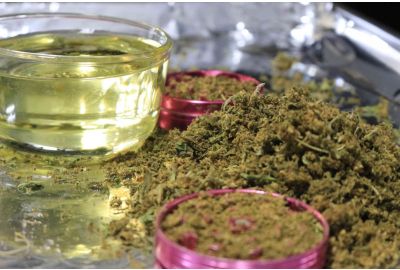A Complete Guide On How To Decarb Weed
Before you can infuse your favorite food with the magical effects of marijuana, you need to decarb weed. This process might sound complicated, but in truth, it's incredibly simple.
You can even create culinary cannabis from the comfort of your kitchen without any prior experience. There are multiple methods available for you to use, each offering unique advantages.
In this guide to decarbing weed, we take you through the most popular techniques, breaking them down into easy-to-follow instructions.
You’ll also find a few examples of the best marijuana strains that you can grow and cook up some potent oils and edibles.
Grab your 420 chef hat, and let’s get stuck in!
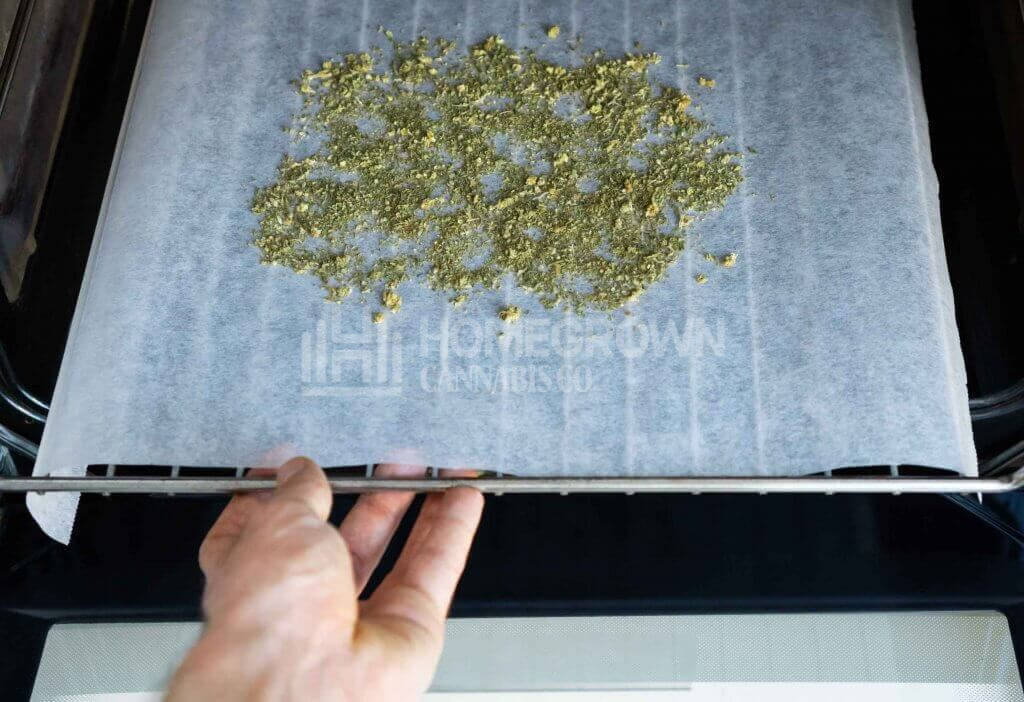
What is cannabis decarboxylation?
Cannabis decarboxylation describes the transformation of chemicals by exposing them to heat over a period of time.
The two main cannabinoids in question are THCA and CBDA, which are both found in raw marijuana flowers. You first need to remove a part of the compound, known as a carboxyl, before you can enjoy the wonderful psychoactive capabilities of cannabis.
By decarbing weed, you're essentially warming up the buds until this reaction takes place. Turning these two compounds into THC and CBD allows them to interact with your body's receptors, so you feel baked.
This necessary process occurs naturally when you store your buds in air-tight jars, known as curing. The only issue is that it can take a long time for this to complete, and nugs tend to lose their potency.
When you decarb weed, you expedite this chemical reaction by subjecting your marijuana to very high temperatures for a short duration. You can then use the byproduct to create edibles, creams, and oils infused with the therapeutic qualities of cannabis.
The trick to the whole procedure is maintaining the right decarb temp. Crank up the dials too much, and you risk destroying your buds.
Excessive heat can ruin the terpenes in the flowers, which are responsible for each cultivar's fantastic flavor. They end up smelling terrible and tasting worse.
Maintaining low temperatures between 200–300 degrees Fahrenheit when you decarb weed ensures THCA turns into THC, not CBN. The latter compound sends you to sleep rather than the stars, so it isn't as desirable to recreational users.
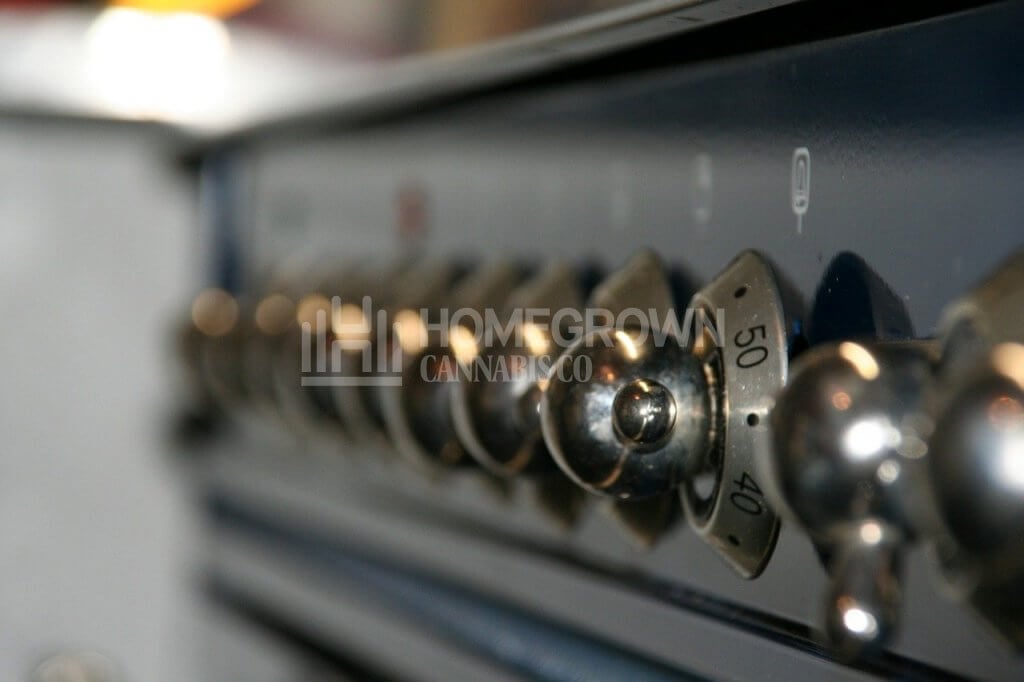
Why decarb cannabis?
There are a host of reasons why you should decarb weed.
For starters, the process reduces the risk of contamination and bacteria growth on your cannabis buds. You can rest assured your stash is safe to consume, plus the extended shelf life means you always have enough.
Cannabis decarboxylation also makes it possible to consume and enjoy the wonderful psychoactive and medicinal properties of marijuana without smoking.
It opened the doors to untold healing potential, without negative side effects, provided you used it responsibly. Medicinal patients can benefit from these incredible compounds in virtually any form: creams, oils, capsules, your favorite dessert, anything.
Another advantage of decarbed weed is that your bud’s effects become stronger. The transformation of THCA into THC is essential if you hope to experience a soaring high. CBDA also needs to convert into CBD before offering you therapeutic capabilities.
Contrary to popular belief, nothing happens to you if you sit down and devour your raw stash of weed. So, without decarbing weed, the infamous pot brownie wouldn’t be any different from a regular one.
Edibles have become synonymous with triggering powerful cerebral and physical euphoria for long durations. They’ve attracted the attention of recreational users around the globe, looking to experience their profound high.
But if you don’t know how to decarb weed properly, your cannabis snacks won’t do anything except disappoint you.
How to decarb weed: 5 methods to decarboxylate cannabis
There are multiple ways to successfully decarb weed from home, with each method offering a unique result. It all comes down to what you plan on doing with your cannabis and what form you would like to ingest it in.
In this section, we take you through five of the most popular methods used for decarbing weed. Below, you’ll find a brief explanation of each technique, along with a step-by-step guide on how to complete them.
Method 1 - In the Oven
One of the most common techniques used to decarb weed is by placing buds in a conventional oven. You’re baking the cannabis for around 30 minutes, depending on how high you set the temperature.
The process is simple, requiring a few items, like:
- Oven
- Baking tray
- Parchment paper
- Aluminum foil
You can leave your buds intact or crush them. Most experts recommend chopping up your bud before decarbing weed as it helps to optimize the process. Use your hands to pull apart the flowers or pop them into a grinder.
Grinders allow you to collect kief and help you avoid having to clean the sticky residue off your fingers. At the same time, using your hands preserves the trichome’s structure and gives you a chance to bond with your buds.
The oven method is a brilliant option for cannabis chefs looking to infuse decarboxylated plant matter with food. Think weed cakes and muffins or a decadent dessert with a marijuana reduction; you’re only limited by your imagination.
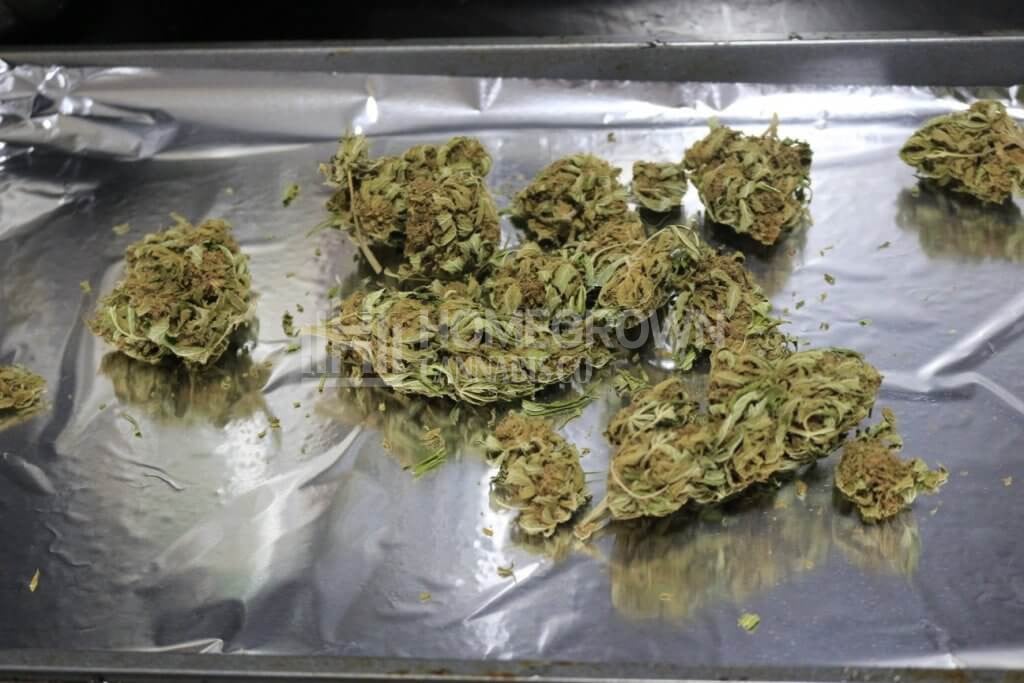
This technique tends to create a powerful cannabis aroma. While we love the fragrance, it’s worth keeping in mind that your neighbors might smell it too.
Here are step-by-step instructions on how to decarboxylate weed in the oven:
- Place a piece of parchment on the bottom of a baking tray.
- Spread your crushed buds evenly over the paper, and then cover the tray with aluminum foil.
- Set your oven to 230 degrees Fahrenheit and leave your baking tray to cook for 25–30 minutes.
- Take out the baking tray and allow it to cool.
- Once at room temperature, you can start incorporating the decarbed weed into your dishes.
Method 2 - In a mason jar
Decarbing weed in a mason jar is a fantastic option for anyone looking to limit the smells coming out of their kitchen.
You still need to use an oven, but the aromatic compounds released by your buds will stay contained inside the jar. Another advantage to this decarb method is that you reduce the risk of burning your flowers during the process.
You’ll need the following items to complete this procedure:
- An oven
- An air-tight mason jar
- Gloves
- A cloth
- A baking tray
Once you’ve got all the tools necessary, follow these steps to decarb weed in a jar:
- Fill your air-tight mason jar with crushed cannabis.
- Wet the cloth with water and then wring it out until it's slightly soggy.
- Place the damp cloth at the bottom of a baking tray and lay the mason jar on the moist material.
- Set your oven to 220–240 degrees Fahrenheit and allow the jar to bake for 60 minutes.
- Use gloves to remove the container every 15 minutes to shake the decarbing weed about.
- Allow your jar to cool down and then either store it or use your bud to create confectionary delights.
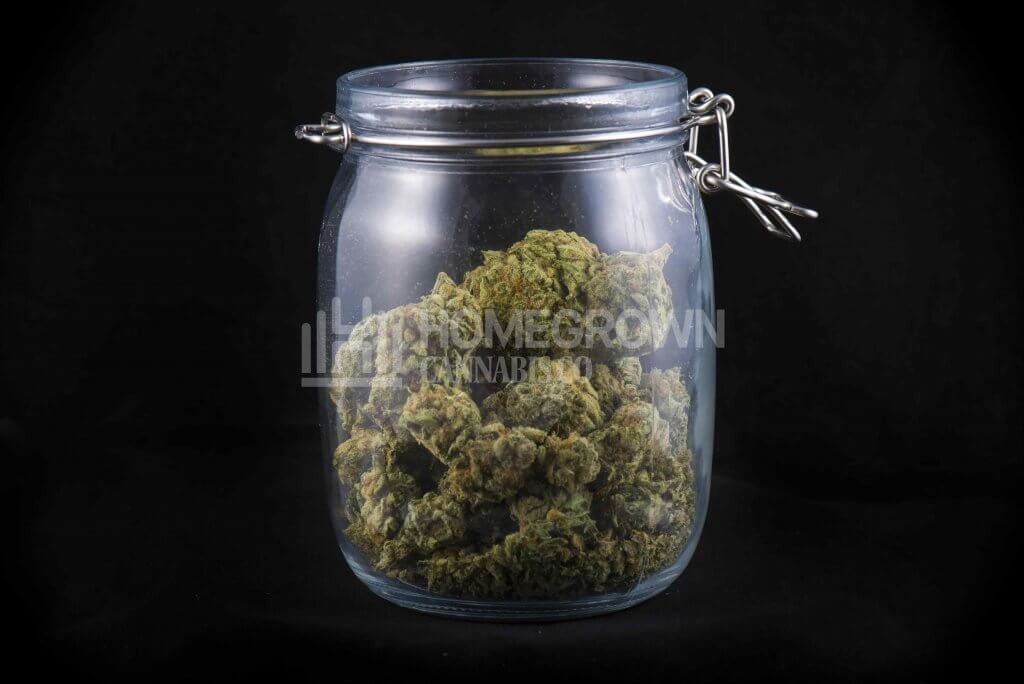
Method 3 - Sous Vide
Nothing beats the Sous Vide method if you’re interested in creating edibles regularly or for a business. The only issue with this cannabis decarboxylation process is the high cost of the equipment needed.
Using an immersion circulator gives you full control over the temperature around your buds. The result is perfectly decarbed weed every time.
The following tools are necessary for this procedure:
- Immersion circulator
- Vacuum sealed bags
- A large pot
Grinding up your buds for this decarb technique is vital in ensuring the best results. After crushing your marijuana, follow these instructions:
- Fill a vacuum-sealable bag with your raw plant matter.
- Pour water into a pot and place the Sous Vide cooker into the container.
- Set the temperature to 230 degrees Fahrenheit and allow your cannabis to cook for one and a half hours.
Method 4 - Cannabutter
Decarbing weed in butter is one of the best options available to anyone interested in making edibles. Many enthusiasts like this technique as you eliminate plant matter in your food.
The butter melts with the ground-up marijuana, allowing the cannabinoids to bind with the fats. You can then add portions of decarbed weed butter while cooking or baking to give your treats some character.
All you’ll need is the following items:
- Butter
- Pot or frying pan
- A stove
To make decarboxylated cannabutter, follow these steps:
- Add even amounts of butter and crushed cannabis to a pot or frying pan.
- Melt the contents in the container on a stove.
- Set the temperature high but avoid burning the weed.
- Pour the melted cannabutter into a jar and allow it to cool.
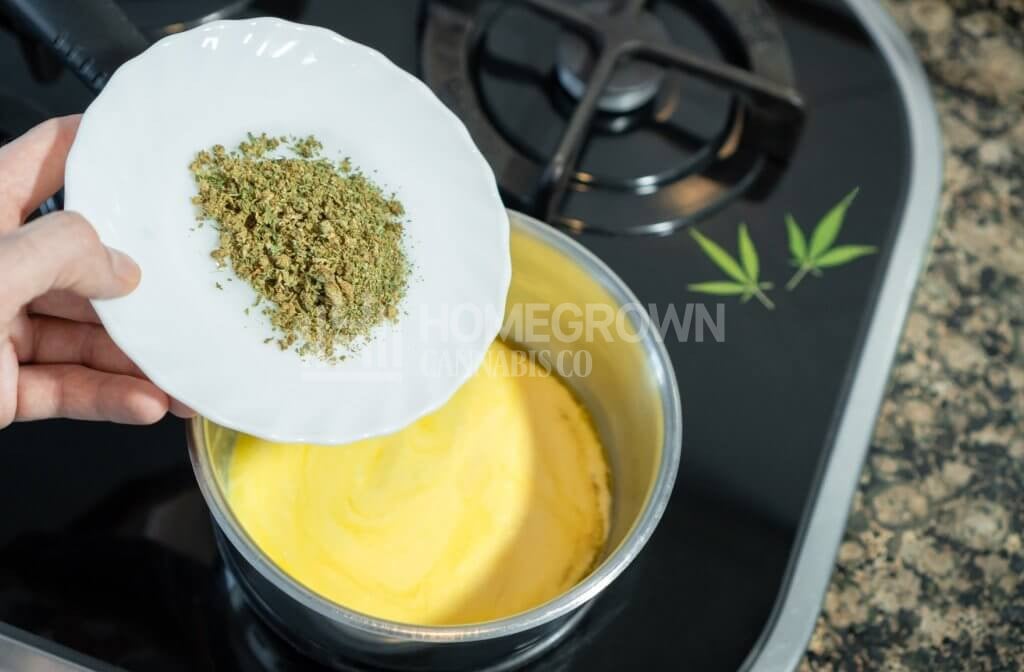
Method 5 - Boiling
The final cannabis decarboxylation technique on our list is boiling marijuana powder in water. This process is perfect for anyone interested in brewing a psychoactive tea or creating a cocktail.
All you’ll need is:
- A kettle
- A pack of disposable tea bags or a steel ball infuser.
- A mug
Follow these decarb instructions whenever you want to sip on a beverage that packs a punch.
- Boil water to 212 degrees Fahrenheit.
- Fill a disposable tea bag or infuser with crushed marijuana buds.
- Allow the weed to steep in hot water for a few minutes, and then enjoy.
- (Optional) Add a bit of butter to the mixture to help draw out the psychoactive chemicals.
What can go wrong when decarboxylating?
THC loss
THC can degrade if exposed to high enough temperatures for a long time. In this process, the THC is converted into a less psychoactive cannabinoid, CBN.
Degrading small amounts of THC is probably unavoidable for all decarboxylation methods. THC begins changing into CBN at 185°F — below recommended temperatures for decarboxylating weed.
Like changing THCA into THC, the process starts at a relatively low temperature but doesn't kick in until higher temperatures.
The smell
Decarboxylation can be unbelievably smelly, especially if the marijuana is uncovered on a baking tray in the oven.
All of the methods we talked about earlier where the marijuana is in a sealed container, like an oven bag or a mason jar, contains some of the smell. Don't expect it to be completely odorless, though.

The strength of the final product
Without lab equipment, finding the ideal edible dosing and measuring the amount of THC in the edibles you’ve made after decarboxylation is not realistic. Though this is also true when you smoke weed, you can stop smoking if you feel too high.
If you overdose from edibles, your body has no choice but to continue digesting, leading to an overwhelming experience.
After you’ve done your decarboxylation and made a batch, try a safe amount and see what effect it has to gauge the strength.
Decarboxylated weed: 5 best strains to cook with
There are hundreds of different cannabis strains up for grabs in the US, each one offering unique effects and flavors. In order to maximize the efficacy of your decarbed weed, your best bet is to use a very resinous cultivar.
It all comes down to personal preference and what kind of high you’re after. Below, we look at some quality marijuana seeds you can purchase from Homegrown Cannabis Co to get the ball rolling.
Sour Diesel
If you’re after a classic wake and bake experience, look no further than Sour Diesel. You can expect your decarbed weed to hold between 16–20% THC, sending you on a euphoric cloud.
This cannabis cultivar’s energizing effects will keep you motivated and focused, ensuring you stay productive the whole day. These buds will also soothe any pain in your body and keep you feeling relaxed.
Sour Diesel’s delicious citrus and refreshing pine flavor make it a popular decarb option, combining well with almost any dish. You’ll also taste a subtle fuel-like tang in your edible creations due to this strain’s iconic genetics.
The best part about Sour Diesel feminized seeds is that they’re easy for beginners to grow indoors. After nine to ten weeks of flowering, you can expect yields of around 18 oz./m² that you can then decarb in the oven.
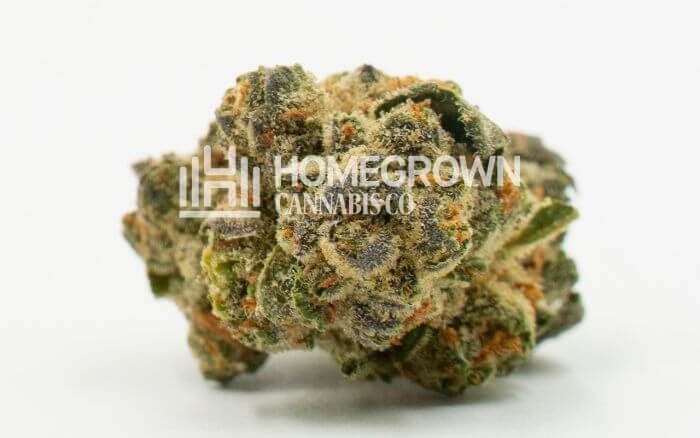
Trainwreck
Despite the implications of its name, Trainwreck will keep you in a good mood for the entire day. These potent buds hold up to 20% THC and can remove stress and boost your creative levels within seconds.
After decarbing weed from this cultivar, you can infuse your edibles with the power to stimulate your mind and body. Your mood improves, and you’re able to solve problems effortlessly.
This marijuana strain offers a mixture of wood and sweet citrus to your meals. You’ll also taste undertones of lemon. Medicinal users can then consume edibles to combat anxiety, depression, and fatigue.
If it’s your first time growing and decarbing weed, it's best to leave Trainwreck feminized seeds to the experts. These marijuana seeds are challenging to raise but can produce massive yields under the right conditions.
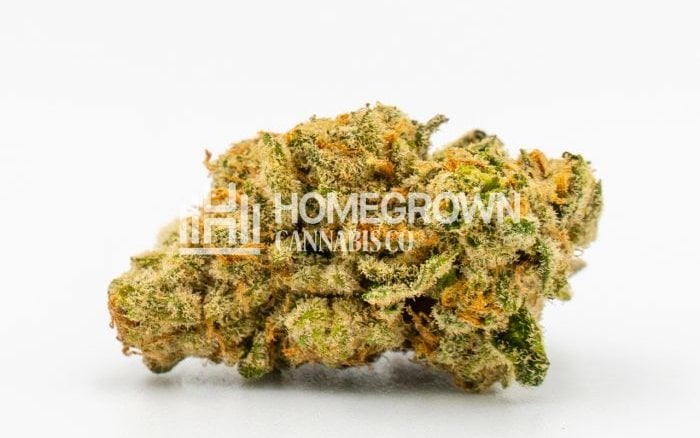
Killer
Cannabis fans looking for unparalleled relaxation and drop-dead gorgeous looks will love Killer. This indica-dominant hybrid destroys any type of stress or negativity and can also help with migraines.
Recreational users decarb weed from this strain as it sends you on a happy yet sedated trip. These buds hold up between 22–26% THC and are capable of cementing you to the couch for hours.
You can expect your potent edibles to give off a sweet, mouth-watering fragrance, along with a floral flavor. It’s recommended to keep your dosage of this intense cultivar low until you’re familiar with its effects.
Killer feminized seeds are better suited to experienced cultivators interested in creating decarboxylated weed. These sensitive crops can yield up to 28 ounces per plant when grown outdoors, giving you plenty to smile about.
Somango
Are you tired of the constant nine to five grind? Now, you can return from work and enjoy the relaxing effects of Somango buds. These indica-heavy flowers calm your mind and body, allowing tension to melt away.
Decarbing weed from this cultivar allows you to create edibles with 16–21% THC. The best part is that you remain focused and creative instead of spaced out and dazed. Remember to keep your cannabis treats for the evening as they’ll eventually send you to sleep.
These calming nugs leave a sweet and spicy taste in your mouth, similar to mangos, vanilla, and pepper. The smell is equally as pleasant, making this cultivar a brilliant option for anyone interested in decarbing weed.
Somango feminized seeds are easy to grow, meaning you can enjoy their delicious yields without any experience under your belt. Crops take eight to nine weeks to flower, after which you can harvest up to 16 oz./m².

CBD Cheese
Medicinal patients looking to benefit from cannabis and enjoy a mellow high can decarb weed from the CBD Cheese strain. This balanced hybrid stimulates the mind and body, ensuring you enjoy the best of both worlds.
The key to this cultivar's mild buzz is its 1:1 ratio of THC and CBD. These flowers have the ability to soothe any pain in your body while improving your mood. You can also use CBD Cheese buds to assist with nausea.
After decarbing weed, your cannabis edibles will taste like sweet oranges and cheddar, seducing your senses no matter the time of day. Your nose will also pick out a subtle skunk-like aroma as a nod to this strain’s genetics.
Anyone can cultivate CBD Cheese feminized seeds. All they require is some sun and regular feeding. After eight to ten weeks of flowering, you can collect yields of up to 35 ounces per plant outdoors.
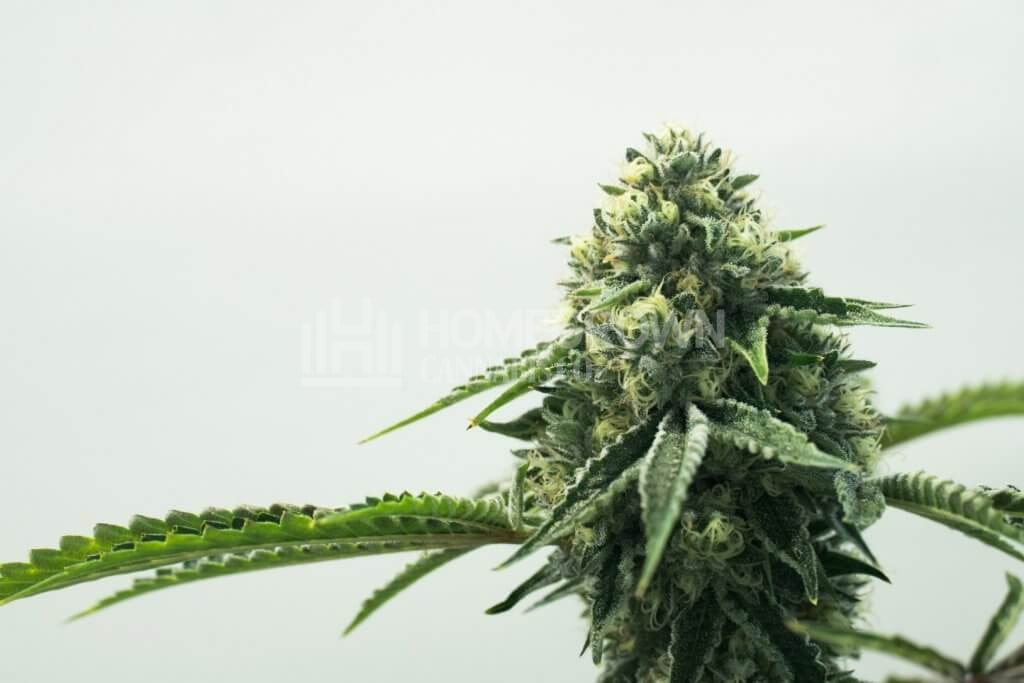
Frequently asked questions about decarboxylation
Now that you know how to decarb weed, it’s only natural to have a few queries or ideas that may streamline your efforts.
Below, we answer some of the most frequently asked questions surrounding this fun and exciting process.
Do you grind weed before decarbing it?
Crushing up cannabis before you decarb weed makes the procedure easier in comparison to leaving them intact. Some choose to break up the buds by hand, while others prefer the advantages of using a grinder. It all comes down to personal preference.
Using your hands tend to prolong the process of decarbing weed, but it also means you won’t damage the structure of the trichomes. Individuals also believe feeling the buds with your hands is an important part of the experience.
In comparison, grinders are fast and clean, meaning you don't need to wash the sticky residue off your fingers. The other advantage to this method is that you can collect kief and decarb it for stronger edibles.
What happens if you forget to decarb weed?
If you don't decarb weed before you consume it, you won’t feel any psychedelic effects. Eating raw marijuana is no different from chewing on a few blades of grass or leaves found in your garden.
The high temperatures you expose your cannabis to during this process are vital in changing THC and CBD’s molecular structure. Drying and curing your buds start the decarboxylation of THCA naturally, but it takes a very long time to complete.
Does decarboxylation destroy terpenes?
The process of decarbing weed won’t destroy terpenes as long as you perform the technique correctly.
If you expose your raw buds to excessive heat, you can break down their desirable aromatic profile. The result is weed that smells unpleasant and has a foul flavor in your mouth.
Remember to keep your oven between 200 and 300 degrees Fahrenheit during cannabis decarboxylation to avoid disappointing your taste buds.
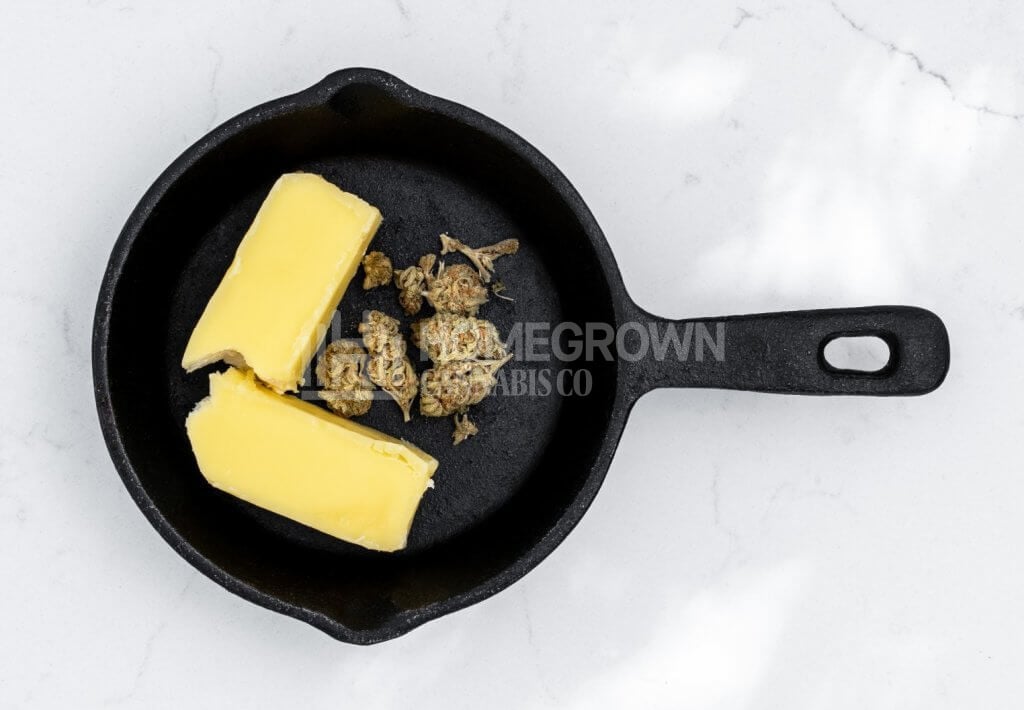
Are you ready to cook with cannabis?
As you can see, decarbing weed is far less complicated than the name suggests. The process is also imperative if you hope to enjoy the recreational and medicinal capabilities of cannabis in any form.
Heat and time are the biggest factors when it comes to the decarboxylation of THCA and CBDA. Temperatures over 300 degrees Fahrenheit can damage your buds, making them taste and smell awful.
There’s almost no limit to cannabis concentrates and what you can make with them. You can use a number of different methods to decarb weed successfully. It all comes down to what form you want to enjoy your marijuana in.
You also need to pick a strain that offers the type of effects you’d like to experience.
Choose from fatigue-busting sativas, relaxing indicas, or get a hybrid for a mixture of both.
Before you start decarbing weed, you’ll need to start growing your own batch of quality marijuana at home. Check out our extensive range of strains at Homegrown Cannabis Co and find a cultivar to match your life.
About the author: Derek LaRose
Also known as Kronic from The Cannabis Kronicles, Derek LaRose is a young ambitious cultivator and a staple educator for indoor cultivation.

